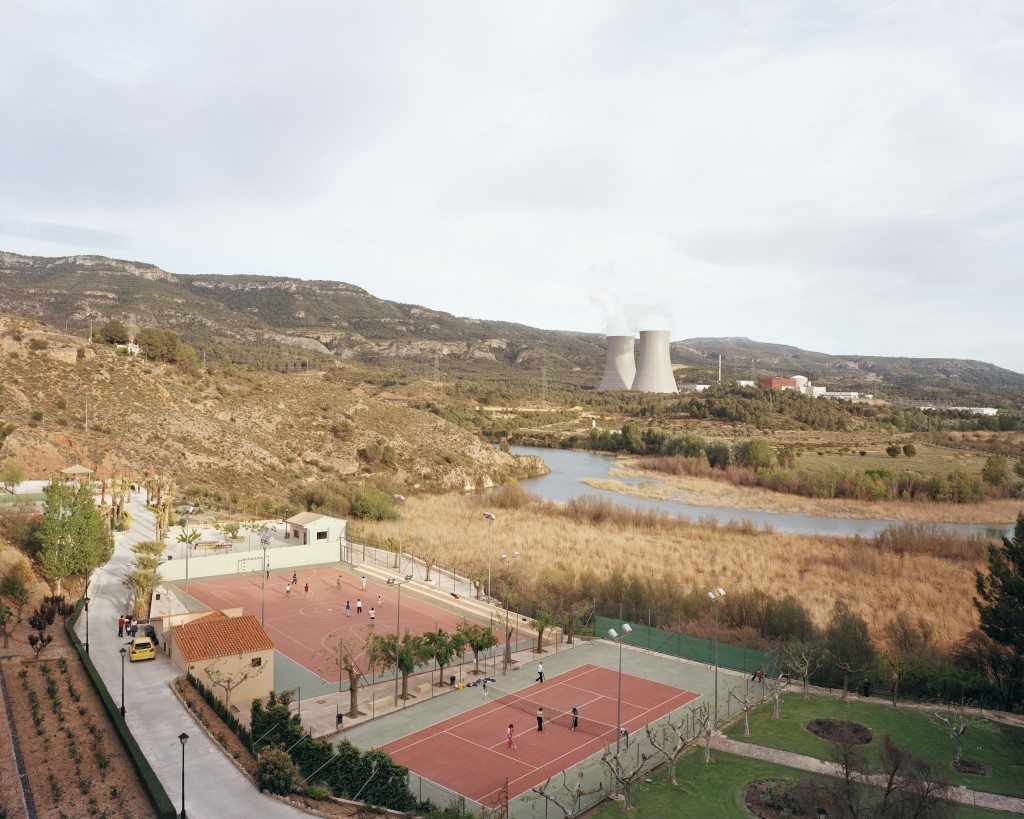Contemporary geophotography
06.03.2016Contemporary geophotography, by Danièle Méaux
Since the Seventies landscapes have blossomed in the field of «fine art » photography. Although some shots have been inspired by the painting genre to some extent, others display a close link to geography; the latter being founded on field work and the experience of a space over some period of time; they permit viewers to understand how human activities have led to the production of space (in the words of Henri Lefebvre), uniting and integrating themselves into the natural environment.
In work by artists John Davies, Joachim Brohm, Gabriele Basilico, Jürgen Nefzger and Bertrand Stofleth, the landscape becomes a vast, hybrid body with polyrhythmic cycles. The ways in which its inhabitants invest in the space are reflected in major adjustments as well as via minor and more vernacular measures: differently scaled interventions therefore that all contribute to our understanding of the complex evolution of said sites.
The specific characteristics of photography as a medium mean that man’s impact on the environment can now be seen. The formal arrangement of certain phenomena ‒ as shown in the image (and transformed by the image) ‒ puts a new spin on the landscapes concerned. Far from sticking to an illustration of theoretical analyses or to information, the medium becomes an investigative tool that contributes to a geographical reflection that can help with the development of land management related projects.
Danièle Méaux is professor of Aesthetics and Sciences in Art at the University of Saint


